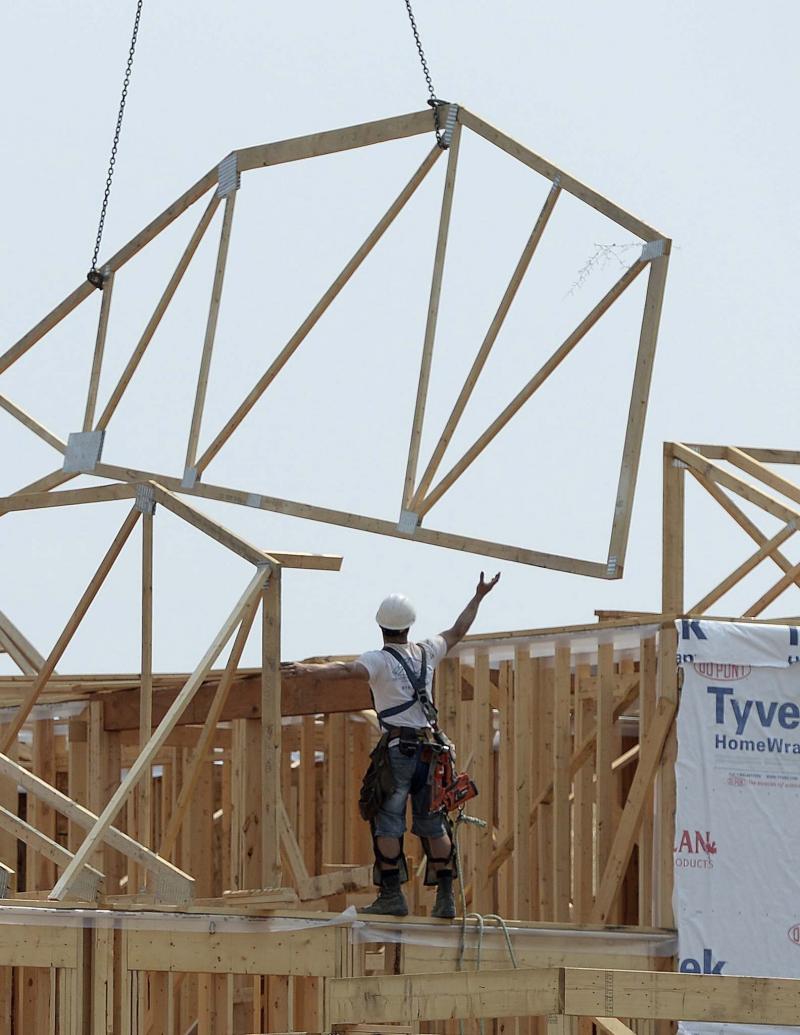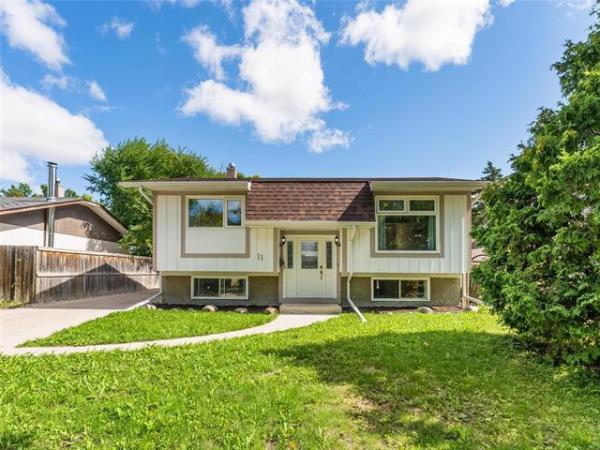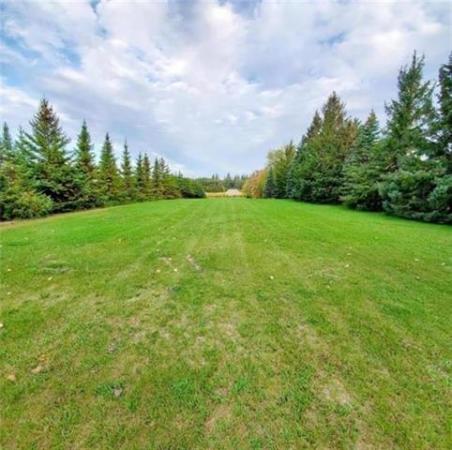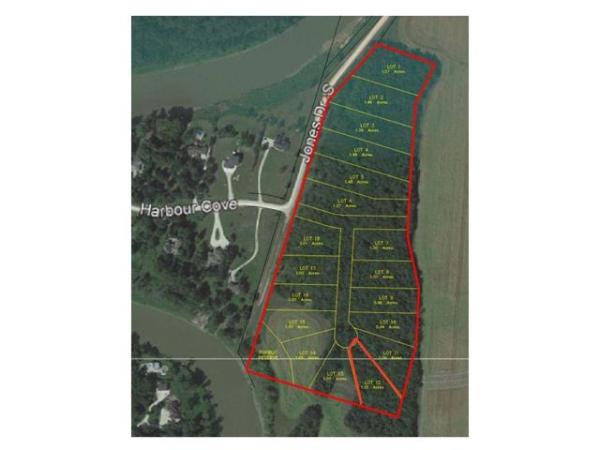
THE CANADIAN PRESS / Sean Kilpatrick
How fast can you build a home? With the construction of 21 new homes in Winnipeg during this month’s Habitat for Humanity "blitz build," highlighted by a visit from former U.S. president Jimmy Carter, you may have wondered just how long it takes for a new home to be built.
This is a common and important question that most new homebuyers ask when looking at building a new home.
How long will the entire construction process take and what does each phase of construction involve?
Usually, each new home is unique and will have its own construction schedule. The construction timeframe for each new individual single-family home is impacted by a variety of different factors, such as the style and size of the house, the amount of customization being done in the design and the construction, the lot and location, and the availability of trades and labour. So, each home typically has its own unique timeframe for completion. Additionally, any change of mind from the homebuyer on design elements, both structural and interior, will usually ensure that the construction process takes longer than originally planned.
Generally speaking, there are five common phases in the construction of a new home.
The first phase is pre-construction. During this phase, the plans for a new home are finalized and submitted to the municipal building permit office for review.
Once plans are finalized and a permit has been approved, the next phase of construction is building the foundation. Excavation is done and the footings and piles are formed and poured. The foundation walls are erected and utilities such as water, electricity, telephone and cable are usually brought in at this phase, as well. This is also usually the time final decisions on flooring, cabinets and other interior touches are made to ensure they are ordered for timely installation.
The third phase of construction is the framing of the house. The roof and walls are assembled. Doors and windows are installed once the house has been fully framed. The basement floor is installed and electrical and plumbing services are roughed in. The duct work for heating, cooling and ventilation is also completed during this phase.
Phase four focuses on completing both the interior and exterior work on the house. The exterior walls and the roof will be insulated. Siding or stucco will be applied. Eavestroughs are put into place and lot grading will be completed.
Inside the home, the heating and cooling systems are installed and the drywall is completed. Walls and ceilings are painted, flooring and cabinets are installed, and electrical and plumbing fixtures are completed. This is the time when homebuyers are most anxious to see what’s happening in their new home. Your homebuilder will usually stay in regular contact with you during this phase to update you on progress and to finalize any further decisions that need to be made.
The last phase is the transition from near-completion to the handover of the keys to the new owner. At this point, the homebuyer will be asked to do a walkthrough of the home with the builder.
The builder will inspect the home with the homebuyer to identify any last-minute work and touch-ups that need to be done before the homebuyer takes possession. It also allows the builder to familiarize the new homeowner with the systems and products in the home so they can use and maintain them properly.
While these are the common phases for the construction of a new single-family home, new homebuyers should always ask their builder to explain the construction process specific to their new home. Many times, there are specific expenses or payments that are attached to the different phases of construction. Each builder may determine the beginning and end of each phase in a different way, so having them explain it in detail is an important step, especially if payments are required at specific completion points. To avoid complications and disputes, it’s always best to get the specific details on these payment trigger points in writing.
Lanny McInnes is president of the Manitoba Home Builders’ Association.



